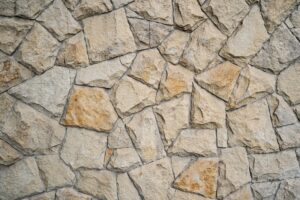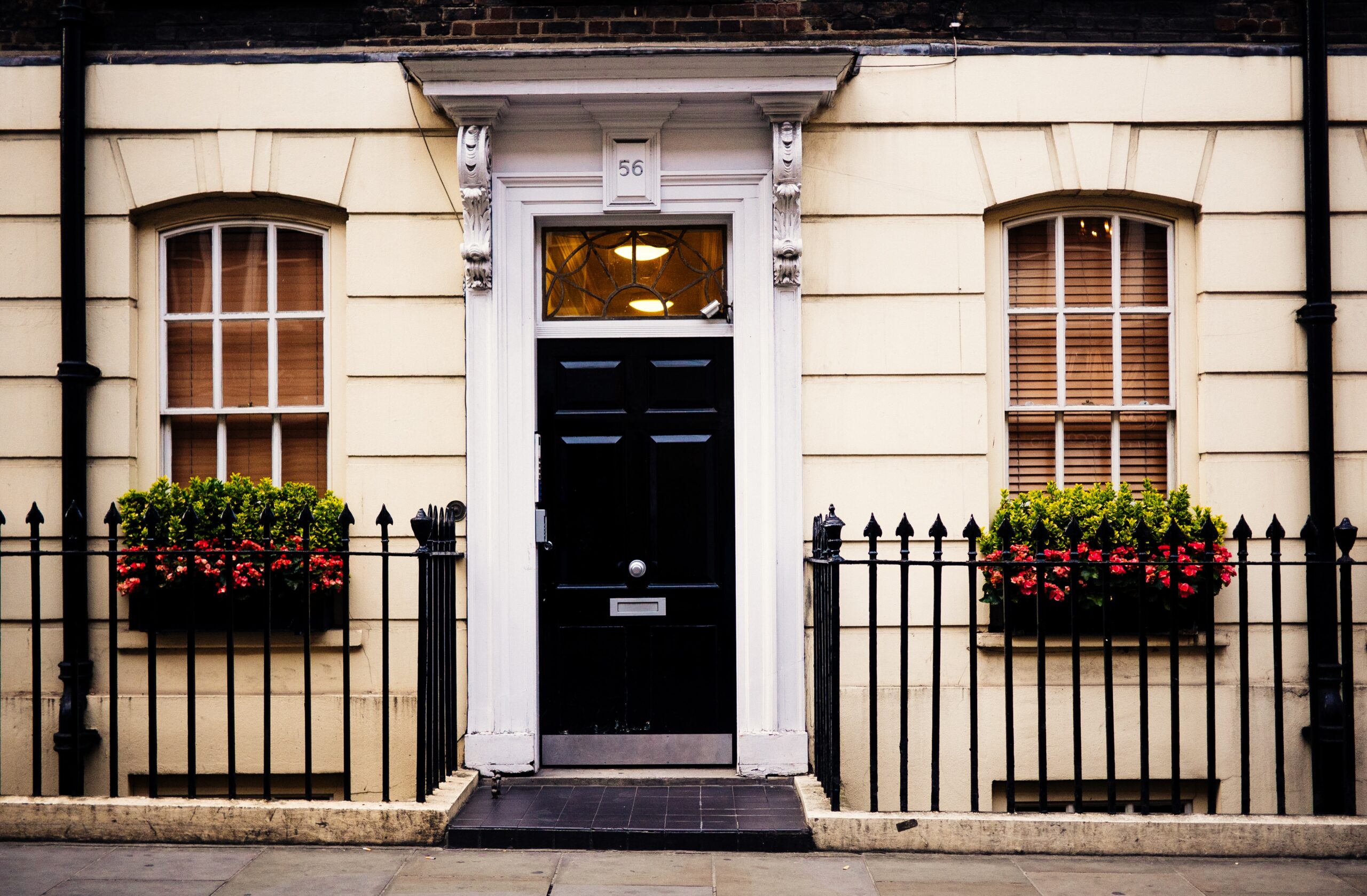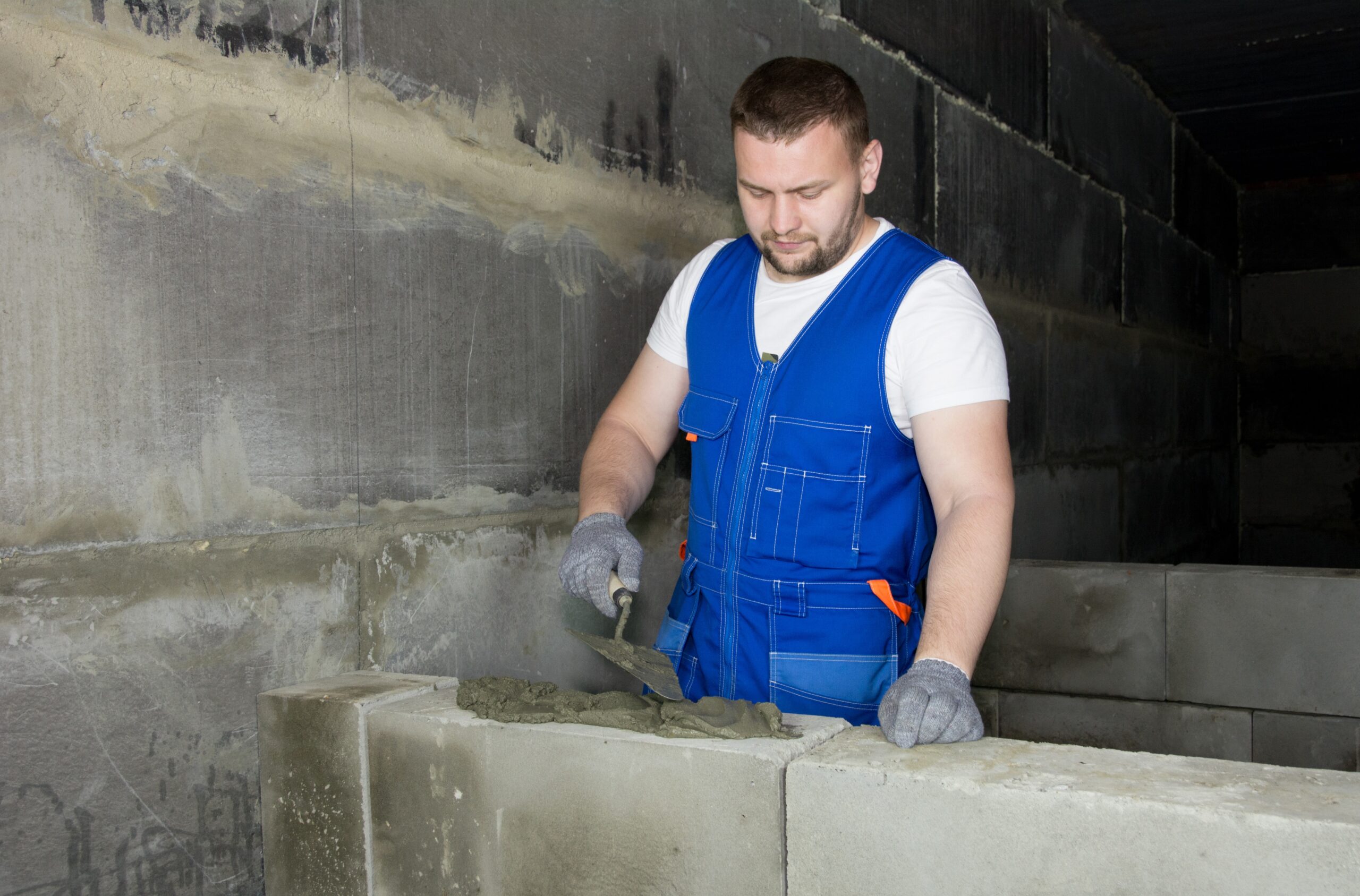1. Exterior Facades: A Sturdy and Timeless First Impression
Buffalo’s residential architecture is often characterized by the presence of stunning stone facades, creating a lasting impression that speaks to the city’s rich history and architectural heritage. Stone in exterior design is not just about looks; it’s a durable choice that withstands Buffalo’s tough weather conditions. Here’s a detailed exploration of the key aspects of stone work in exterior facades:

Visual Appeal and Durability
- Historic Significance: Many Buffalo homes, both historical and modern, choose stone for its timeless appeal and association with permanence. Stone facades, whether on grand mansions or modest dwellings, contribute to the city’s architectural identity.
- Durability: Buffalo experiences a range of weather conditions throughout the year, including cold winters and humid summers. Stone, being a robust and weather-resistant material, provides a durable shield against these elements. It can withstand temperature fluctuations, moisture, and the freeze-thaw cycles that are common in the region.
Intricate Stone Detailing
- Craftsmanship: Stone work on Buffalo’s exteriors often involves intricate detailing that showcases the craftsmanship of skilled masons. From carved reliefs to carefully laid stones, each element contributes to the overall visual richness of the facade.
- Architectural Styles: Both historical and modern homes incorporate stone in unique ways, reflecting various architectural styles. Historical residences might feature ornate carvings and traditional motifs, while contemporary homes might opt for sleek, minimalist designs.
Design Elements and Patterns
- Customization: Stone facades offer homeowners a wide range of design options. Homeowners can tailor the facade to their liking, blending classic charm with Buffalo’s history or embracing a modern aesthetic.
- Patterns: Stone work often involves the use of specific patterns that add depth and character to the facade. Herringbone, basket weave, and random ashlar patterns are popular choices, allowing homeowners to create a unique and visually interesting exterior.
Complementing Architectural Context
- Neighborhood Harmony: Stone facades are selected for both their beauty and their harmonious integration with the neighborhood’s architectural context. Homeowners factor in structure, ambiance for exterior stone type and design, shaping the overall aesthetic.
- Preserving Heritage: In historic districts, the use of stone helps preserve the heritage of the neighborhood. By adhering to architectural norms and incorporating traditional patterns, homeowners contribute to the cohesive visual narrative of Buffalo’s residential areas.
2. Interior Design: Bringing the Outdoors In
The trend of incorporating stone into interior design has gained significant momentum in recent years, transforming homes in Buffalo and beyond. This design approach aims to seamlessly blend the indoors with the natural beauty of the outdoors, creating spaces that exude warmth, luxury, and a strong connection to nature. Let’s delve into the details of how stone is utilized in living spaces, kitchens, and bathrooms to bring the outdoors in:
Stone in Living Spaces
- Creating Atmosphere: Stone accent walls, fireplaces, and flooring have become focal points in living spaces, contributing to the creation of a warm and inviting atmosphere. The natural textures and colors of stone evoke a sense of nature, bringing an organic element into the home.
- Touch of Luxury: Whether it’s a fireplace hearth crafted from natural stone or an accent wall showcasing the beauty of veined marble, the use of stone adds a touch of luxury to living spaces. This luxurious feel is often enhanced by the play of light and shadow on the stone surfaces.

Modern Applications: Kitchens and Bathrooms
- Stone in Modern Kitchens:
- Countertops: Stone countertops, such as granite, marble, or quartz, have become staples in modern kitchens. The natural patterns and durability of these materials make them not only aesthetically pleasing but also highly functional.
- Backsplashes: Stone backsplashes, whether featuring sleek, large-format tiles or intricate mosaics, contribute to a contemporary aesthetic. They also provide a practical solution for protecting walls from splashes and spills.
- Island Features: Kitchen islands often showcase beautiful stone surfaces, becoming central elements that tie together the design of the entire space.
- Stone in Modern Bathrooms:
- Countertops and Vanities: Stone surfaces are widely used for bathroom countertops and vanities, introducing a spa-like quality. Popular choices include marble and granite, which not only elevate the visual appeal but also withstand the moisture inherent in bathroom environments.
- Shower Walls: Some modern bathrooms feature stone-clad shower walls, creating a seamless and luxurious look. The use of stone in showers enhances the sense of tranquility and natural beauty.
Durability and Maintenance
- High-Traffic Areas: Stone surfaces in kitchens and bathrooms are chosen not only for their aesthetic appeal but also for their durability. These high-traffic areas require materials that can withstand daily use, and stone, known for its resilience, fits the bill.
- Ease of Maintenance: Beyond durability, stone surfaces in kitchens and bathrooms offer ease of maintenance. Regular cleaning is often straightforward, and the longevity of stone contributes to the long-term sustainability of the design.
3. Landscaping Elements: Stone in Buffalo’s Gardens
Buffalo’s residents understand the enduring charm and practicality of incorporating stone into outdoor spaces, particularly in the form of beautifully landscaped gardens. This intentional use of stone not only adds aesthetic value but also serves functional purposes, creating outdoor environments that seamlessly blend with the natural surroundings of the city.
Stone in Garden Design
- Functional Pathways: Stone pathways wind through meticulously planned gardens, providing both functional walkways and aesthetic appeal. Whether made of natural flagstone, cobblestone, or other materials, these pathways add texture and character to the garden while allowing residents to navigate the space comfortably.
- Retaining Walls: Stone retaining walls contribute to the terraced landscape of Buffalo gardens, preventing soil erosion and creating visually striking levels. The use of stone in retaining walls not only serves a structural purpose but also adds a timeless quality to the overall garden design.
- Defined Spaces: Garden borders and edging crafted from stone create well-defined spaces within the landscape. These borders not only enhance the visual organization of the garden but also serve to highlight the beauty of various plantings.
Outdoor Living Spaces
- Stone Patios: Stone is a popular choice for creating outdoor patios, providing a durable and visually appealing surface for seating and entertainment. The use of stone in patios adds an element of permanence and sophistication to the outdoor living space.
- Seating Areas: Stone seating areas, whether in the form of benches, seating walls, or individual chairs, contribute to the creation of inviting outdoor spaces. The natural materials blend seamlessly with the garden surroundings, fostering a connection between the built environment and nature.
- Fire Pits: Stone is often chosen for constructing outdoor fire pits, creating a focal point for gatherings and adding warmth to chilly Buffalo evenings. The resilience of stone against weathering ensures that these features remain functional and aesthetically pleasing year-round.
Resilience Against Buffalo’s Seasons
- Weather Resistance: Buffalo experiences distinct seasons, including cold winters and warm summers. Stone, known for its resilience against weathering, is an ideal material for landscaping elements in outdoor spaces. It can withstand temperature fluctuations, precipitation, and other environmental factors.
- Year-Round Appeal: The use of stone ensures that outdoor features, from pathways to fire pits, maintain their functionality and visual appeal throughout the changing seasons. This year-round durability contributes to the long-lasting enjoyment of outdoor spaces.
In conclusion, stone work in Buffalo’s residential architecture goes beyond mere construction; it weaves a narrative of endurance, style, and a connection to the city’s rich history. Whether gracing the exterior facade, enhancing interior spaces, or adorning carefully landscaped gardens, stone remains a key element in Buffalo’s architectural identity, offering a timeless elegance that withstands the test of time.




